How Saferet 20 mg Works in the Body
The active ingredient in Saferet 20 mg, Isotretinoin, works by shrinking the oil glands in the skin, significantly reducing the production of sebum. Excess oil not only clogs pores but also feeds acne-causing bacteria, resulting in inflamed, painful lesions. By targeting the root causes—excess oil, bacteria, and inflammation—Isotretinoin effectively prevents new breakouts.
Saferet also promotes the turnover of skin cells and reduces the risk of clogged pores, improving both acne and acne scars over time. Multiple clinical studies support the effectiveness of Isotretinoin for severe acne, making Saferet one of the most trusted prescriptions in dermatology.
Indications, Uses & Benefits of Saferet 20 mg
Indications
Doctors prescribe Saferet 20 mg for acne that is:
- Nodular or cystic
- Resistant to other treatments
- Likely to cause permanent scarring
- Affecting mental health and confidence
Recommended Dosage
The dosage varies by body weight. Most patients begin with Saferet 20 mg dosage of 0.5 mg to 1 mg/kg per day, divided into one or two doses, and taken with meals for better absorption. Treatment typically lasts 16 to 20 weeks, with improvements visible within the first 6 to 8 weeks.
Saferet 20 mg Benefits
- Targets the root cause of severe acne
- Reduces oil production and inflammation
- Prevents future breakouts and scarring
- Improves skin tone and texture
- Offers long-term remission after one course
Unlike temporary fixes, Saferet 20 mg benefits extend beyond the treatment period, offering many patients a permanent end to their acne struggles.
Side Effects & Precautions
Common Side Effects
- Dry lips, skin, and eyes
- Flaky or peeling skin
- Muscle and joint pain
- Nosebleeds
- Increased skin sensitivity
Serious Side Effects
- Elevated liver enzymes
- High triglycerides
- Mood changes or depression
- Vision problems
- Severe birth defects if taken during pregnancy
Because Isotretinoin for severe acne carries a high teratogenic risk, women of childbearing age must use two reliable forms of contraception and undergo monthly pregnancy tests.
Precautions
- Avoid alcohol to prevent liver damage
- Do not donate blood during and for one month after treatment
- Regular blood tests for liver function and cholesterol levels
- Refrain from waxing, dermabrasion, or laser treatment during therapy
Always follow your doctor’s guidelines to reduce the risk of complications.
Frequently Asked Questions (FAQ)
Q1: Can I use Saferet 20 mg for mild acne?
A: No. This medication is reserved strictly for severe or treatment-resistant acne.
Q2: How fast does Saferet 20 mg work?
A: Most users begin seeing results within 6 to 8 weeks. Full results appear by the end of the 16- to 20-week course.
Q3: Is acne permanently gone after treatment?
A: For many, Saferet 20 mg provides long-term or even permanent remission, although a second course may be required for some patients.
Q4: Can I buy Saferet without a prescription?
A: No. Saferet is a prescription-only drug due to its potential side effects and safety concerns.
Q5: What skincare routine should I follow during treatment?
A: Use a gentle cleanser, heavy moisturizer, and broad-spectrum sunscreen. Avoid products with alcohol or exfoliants that can irritate the skin.
Conclusion
Saferet 20 mg is a clinically proven treatment for patients dealing with severe acne that hasn’t responded to other medications. By reducing sebum production, shrinking oil glands, and promoting skin renewal, it offers long-lasting relief and helps prevent scarring.
While Saferet 20 mg side effects exist, they are manageable with proper medical supervision and patient adherence. The potential to achieve clear, healthy skin after just one treatment cycle makes it an attractive choice for those suffering from persistent breakouts.

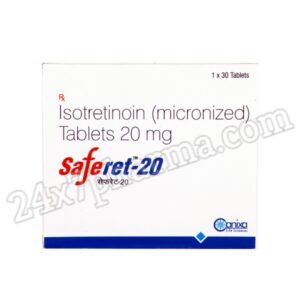
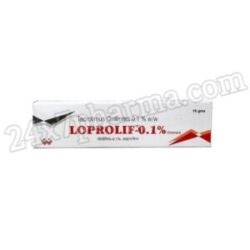
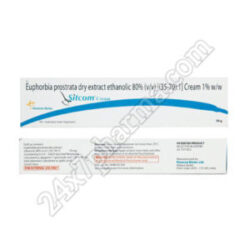

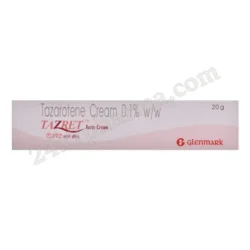
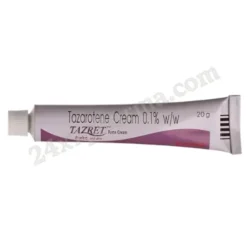
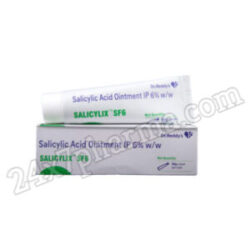
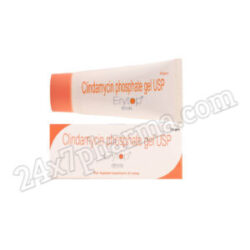
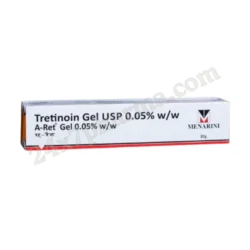
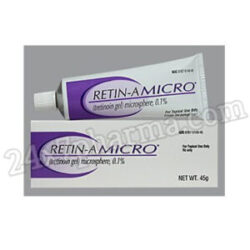
Reviews
Clear filtersThere are no reviews yet.